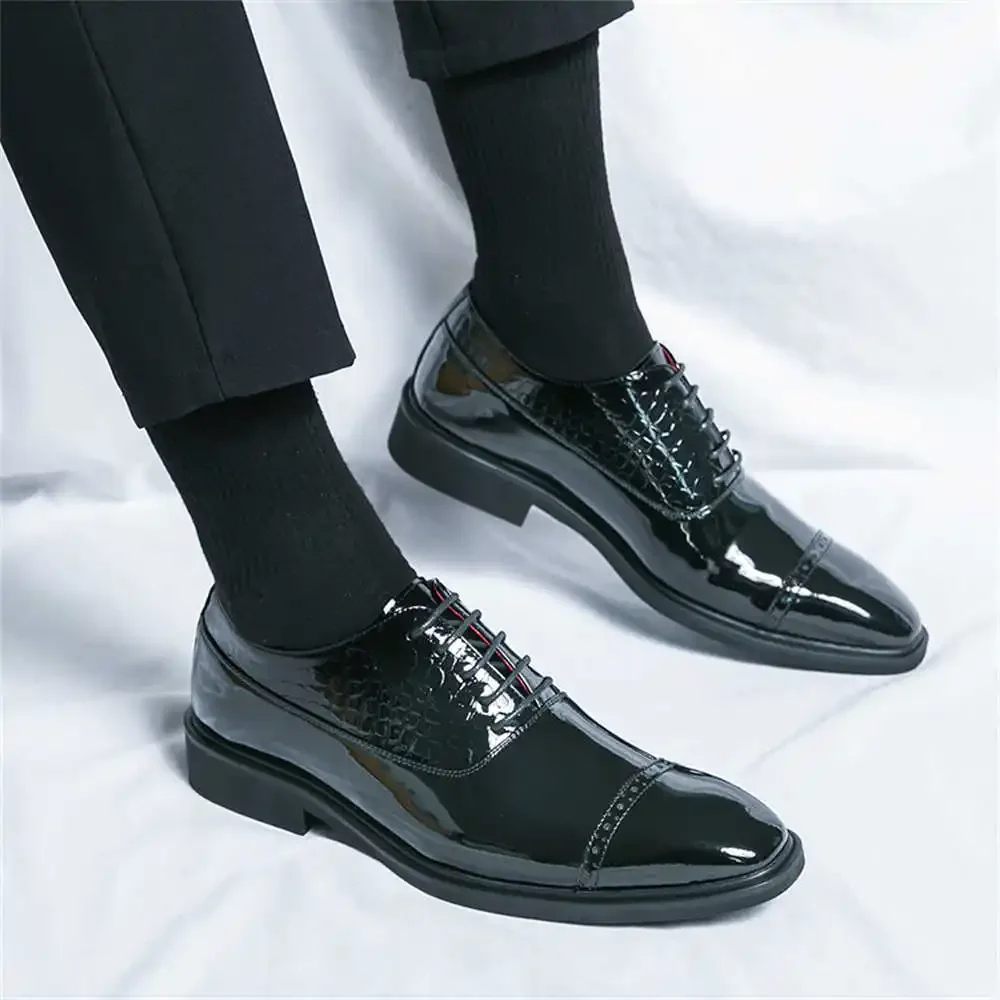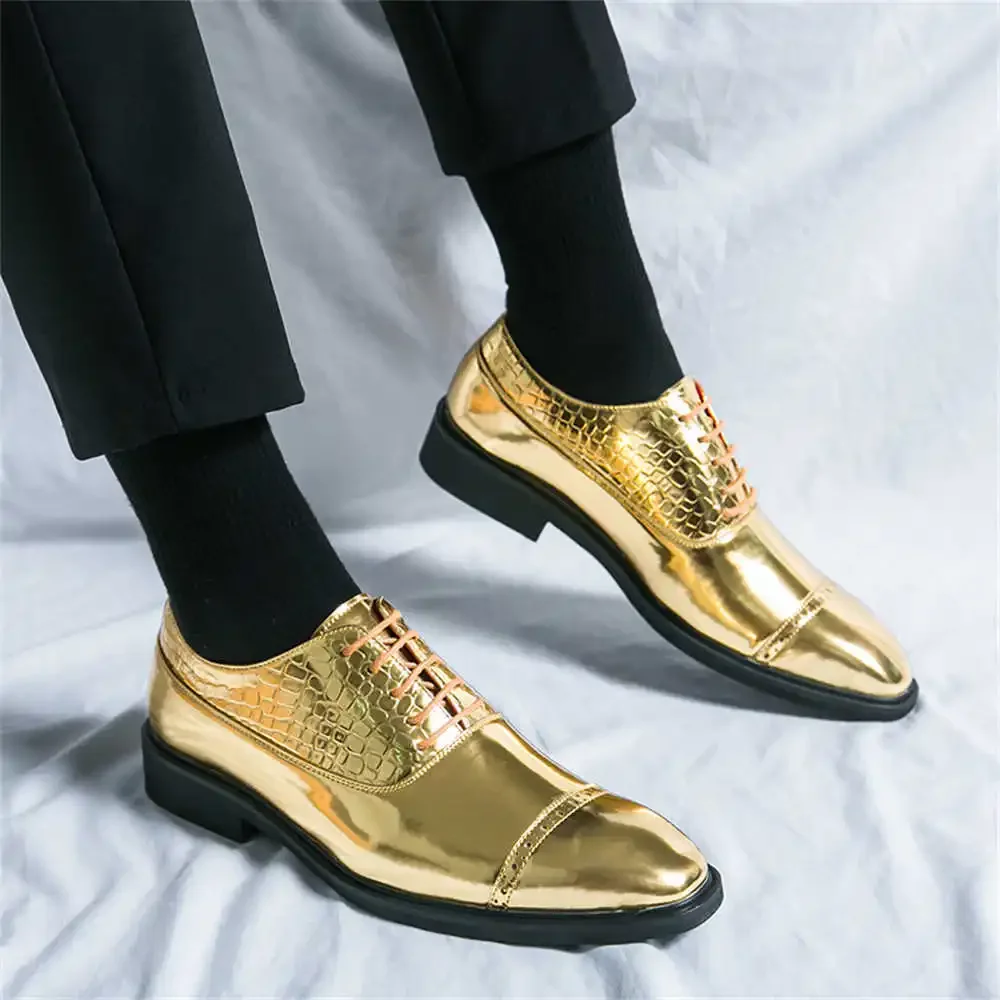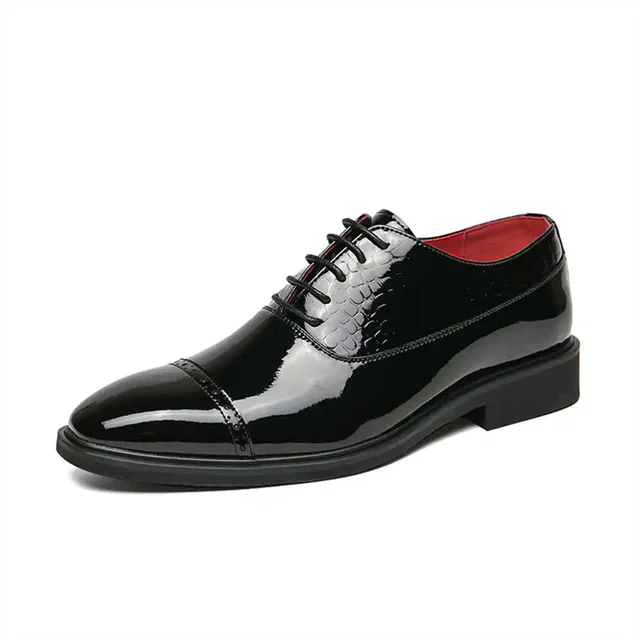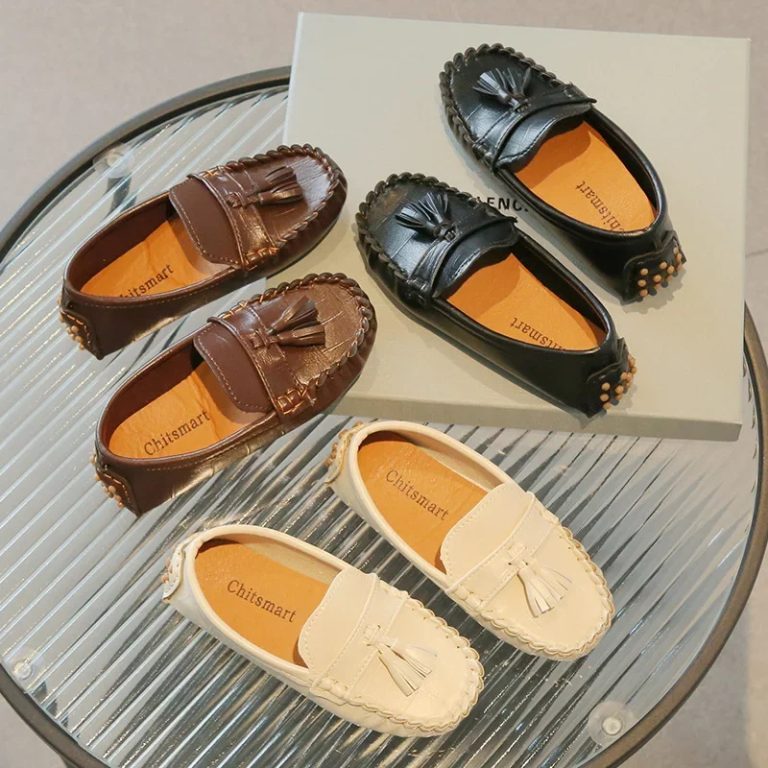Introduction
Tying dress shoes is an essential skill for anyone who wants to look polished and put together. While this may seem like a simple task, the technique you use can greatly affect the overall look and comfort of your shoes. In this article, we will explore various methods for how to tie dress shoes, the importance of proper lacing, and tips for ensuring your shoes stay secure throughout the day.

Understanding the Importance of Lacing
Why Proper Lacing Matters
Proper lacing is crucial for both aesthetics and functionality. When you lace your shoes correctly, they fit snugly, providing support and preventing blisters. A well-laced shoe also looks neater, which is important in formal settings. Dress shoes often accompany suits or formal attire, so every detail counts.
If your shoes are too loose, they can slip off or cause discomfort. Conversely, if they are too tight, they can restrict blood flow and lead to pain. Therefore, finding the right balance is vital. Proper lacing techniques help achieve this balance, ensuring that the shoes stay on your feet and provide comfort throughout the day.
Different Lacing Techniques
There are several lacing techniques you can use for dress shoes. Each method serves a purpose and can be chosen based on personal preference, shoe type, and occasion. The most common methods include the crisscross lacing, straight lacing, and the bar lacing technique. Each of these methods has its own unique advantages and can give your shoes a different look.
- Crisscross Lacing: This is the most traditional and widely used method. It provides a secure fit and is easy to adjust. To do this, start by inserting the lace into the bottom eyelets from the outside. Then, cross the laces over each other and pull them through the next set of eyelets. Continue this pattern until you reach the top.
- Straight Lacing: This method gives a clean and tidy appearance. It involves threading the lace straight across the shoe rather than crossing it. To begin, insert the lace into the bottom eyelets and then bring them straight across to the next eyelet. This technique requires a bit more practice but can elevate the look of your shoes.
- Bar Lacing: This style is less common but offers a sleek and modern appearance. It involves creating a horizontal bar across the shoe. Start by threading the lace through the bottom eyelets and then bringing it horizontally across the shoe before going down into the next pair of eyelets. This method is not only visually appealing but also holds the shoe securely.
Step-by-Step Instructions for Tying Dress Shoes
Preparing Your Laces
Before you begin tying your dress shoes, it’s important to ensure that the laces are of equal length. Uneven laces can lead to an unbalanced look and may make it difficult to tie them properly. To start, loosen the laces completely and make sure they hang evenly on both sides of the shoe. This will give you enough length to work with and help you achieve a uniform bow.

The Basic Knot: An Easy Start
The basic knot is the foundation for tying any kind of shoe. To start, take one lace in each hand. Cross the right lace over the left lace. Then, tuck it underneath and pull it through, making sure it is snug but not overly tight. This forms the first part of the knot.
Next, create a loop with one lace. Hold it between your thumb and fingers. With the other lace, wrap it around the loop. Pull this lace through the hole that forms behind the loop. This action creates the familiar bow shape. Finally, pull both loops to tighten the knot. Make sure the bow is even and secure.
Double Knot for Extra Security
For those who want added security, a double knot is an excellent option. After you’ve completed the basic knot, simply repeat the process by tying another knot with the loops. This is particularly useful for dress shoes worn during events where you will be on your feet for extended periods. A double knot ensures that your shoes won’t come undone unexpectedly.
Choosing the Right Shoe Laces
Material Matters
The material of your shoelaces can significantly impact the overall look of your dress shoes. Common materials include cotton, leather, and synthetic blends. Cotton laces are versatile and easy to clean, while leather laces offer a sophisticated appearance that pairs well with formal attire. Synthetic options are durable and often resistant to fraying, making them a practical choice for everyday wear.
When choosing laces, consider the color as well. Black and brown are classic choices that complement most dress shoes. However, you can also experiment with bolder colors or patterns to express your personal style. Just make sure that the laces coordinate with your outfit and the occasion.

Length and Thickness
The length of your shoelaces is equally important. Laces that are too long can create excess bulk, while those that are too short may not tie securely. Most dress shoes typically require laces that are between 45 and 54 inches long. If you’re unsure, many shoe retailers provide guidance on the appropriate lace length for different styles.
Thickness also plays a role in how the laces look and perform. Thicker laces can provide a more substantial appearance, while thinner laces may appear more delicate. Consider the overall design of your shoes and select laces that complement their aesthetic.
Tips for Maintaining Your Dress Shoe Laces
Regular Inspection
It’s essential to regularly inspect your shoelaces for signs of wear and tear. Frayed laces not only look unkempt but can also break at inconvenient times. Check for any damage, especially near the ends where the laces are most prone to fraying. If you notice any issues, replace the laces promptly to maintain a polished look.
Cleaning Your Laces
Keeping your laces clean is important for maintaining the overall appearance of your dress shoes. Depending on the material, you can wash cotton laces in warm soapy water. Leather laces should be wiped down with a damp cloth to avoid damaging the material. For synthetic laces, simply rinse them under running water. Always allow them to dry completely before re-lacing your shoes.
Storing Your Shoes Properly
Proper storage of your dress shoes can also extend the life of your laces. Avoid leaving your shoes in damp or humid environments, as moisture can lead to mold and deterioration. Store your shoes in a cool, dry place, preferably in a dust bag or box to protect them from dust and scratches. If you frequently wear your shoes, consider using a shoe tree to help them maintain their shape.
Conclusion: Mastering the Art of Tying Dress Shoes
Tying dress shoes may seem like a small detail, but it has a significant impact on your overall appearance and comfort. By mastering different lacing techniques, choosing the right laces, and maintaining them properly, you can elevate your footwear game. Remember, the goal is to look polished and feel comfortable, no matter the occasion.
Whether you opt for a classic crisscross or a stylish bar lacing technique, the way you tie your shoes reflects attention to detail and personal style. Take the time to practice these skills, and you’ll find that tying dress shoes becomes second nature. Ultimately, well-tied shoes contribute to a confident stride and a well-put-together look.

